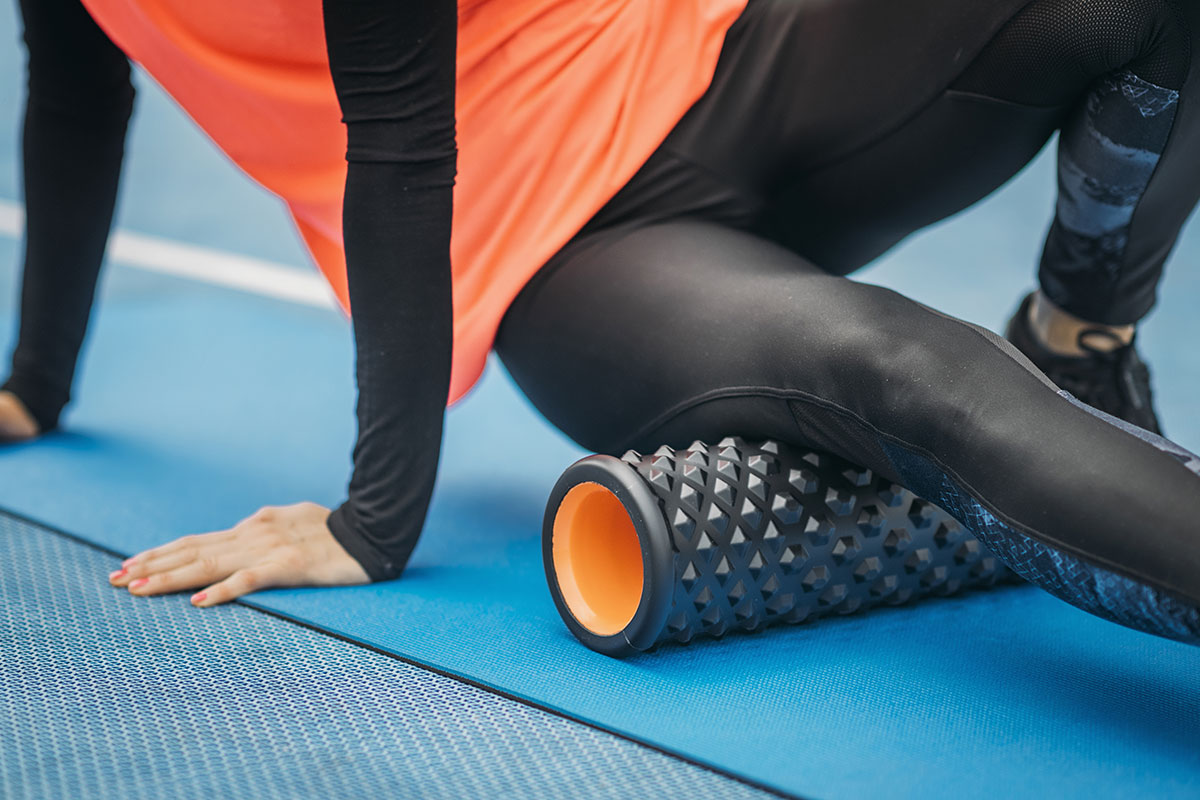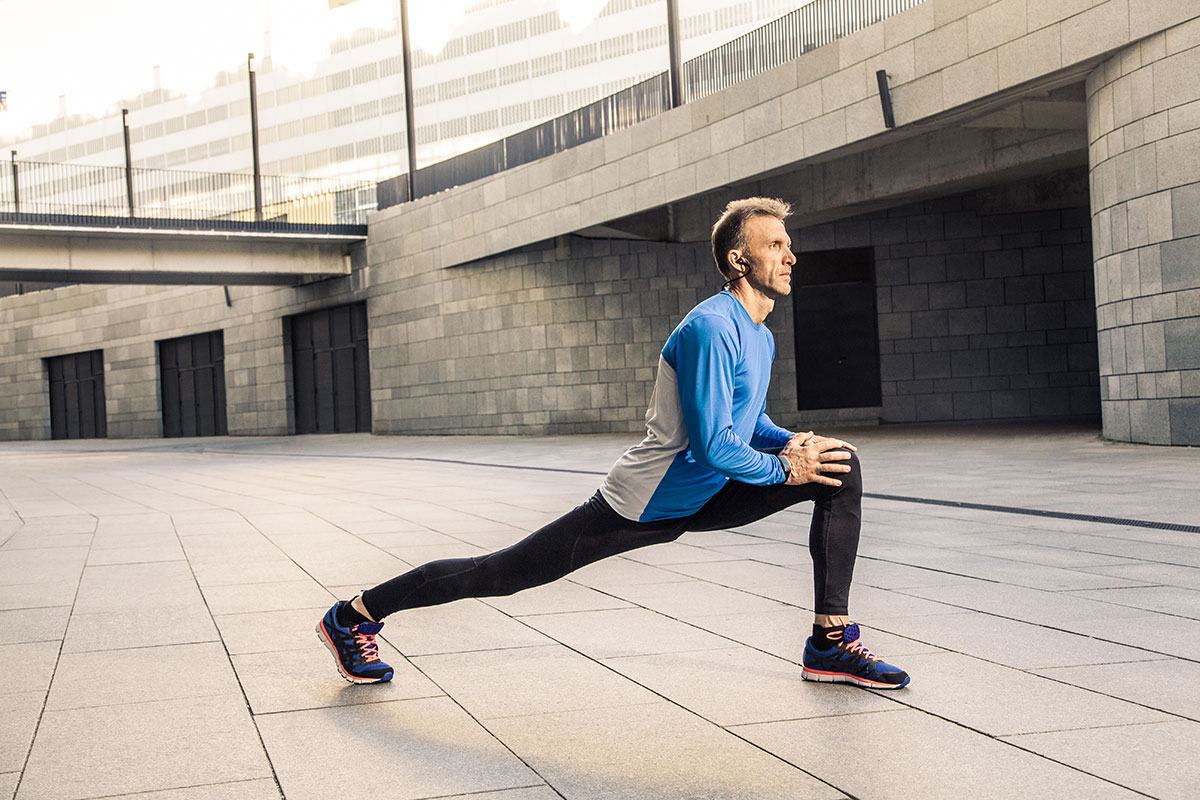The warm-up should be an integral part of every training!
Firstly, it increases the overall body temperature, making the muscles more flexible and better prepared for exercise, reducing the risk of possible injury.
Secondly, it significantly speeds up the heart rate, so more blood is pumped with each beat, which effects on performance
Thirdly, during the warm-up increase the lungs' oxygen uptake and gradually its transport to the muscles, which allows for the generation of more energy.
Fourthly, it activates the nervous system and neuromuscular connections, which have a direct impact on the response time.
In general, the main task of a warm-up is to make running easier and safer for us in terms of injuries.
How should the correct warm-up look?

A good warm-up consists of two phases - the general part and the special part. During the first, general part, we put the our body into a state of increased activity that the body temperature and the heart rate increases. At the beginning, we should start with a short rolling of leg muscles (if you don't have a rollerblade, we recommend using those available in the Calypso Fitness network), then start with a 5-10-minute trot. Move on to general exercises to prepare the muscular and skeletal system for special effort.
General running exercises:
• shoulder circulation forward and backward;
• skippings A, B, C;
• side-running exercises, crossover step;
• jumping exercises;
• running backwards.

General standing exercises:
• right and left turns of the trunk;
• hip circular movements one way or the other;
• bending forward, turn slope;
• step ups.

Additionally, the general warm-up can be enriched with several mobilization exercises:
1. Buttock muscles mobilization.
2. Tibia-fibula group muscles mobilization.
3. Ankles warm-ups.
4. Swinging legs sideways.
5. Swinging legs forwards/backwards.
Special part
After a solidly performed general part, you should move on to the special part, which is intended to prepare the nervous system for the loads waiting for him. The specialist part will be slightly different when we go out on the "fast five", or than when we have a marathon waiting for us.
A specialistic part before running for 5km should consider covering 4x50-100m in a slightly faster rate than normal running (but not sprint rate), that we use both aerobic (oxygen rich) and anaerobic processes to generate energy.
On the other hand, when it comes to long distances, I would skip the short runs at the expense of better preparation of the muscles for a long effort in the form of general development or mobilization exercises, because we will benefit mainly from the oxygen metabolism and the run will have lower intensity.
Summing-up

If you want to enjoy running for a long time and want to avoid injuries with a wide berth, you cannot skip the warm-up. Every runner, regardless of the level of advancement, must take it into account in his training, it carries a number of positive physiological reactions of the body, without which it is difficult to obtain a positive result of the training.





